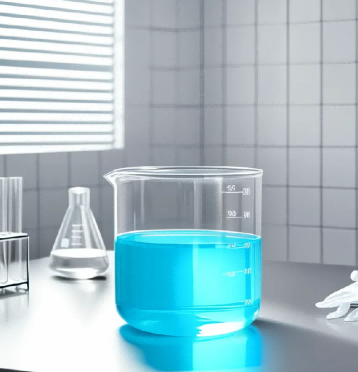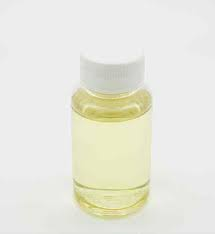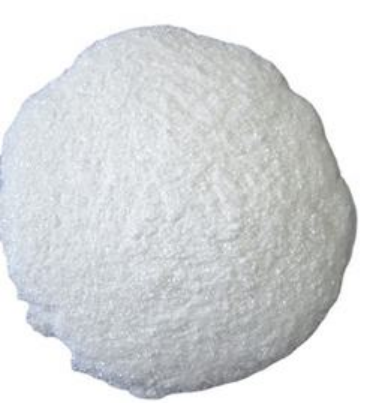1. Introduction
In the past 48 hours, a viral TikTok trend has reignited the age-old debate: ‘Is sodium lauryl sulfate secretly sabotaging your scalp?’ Influencers are ditching SLS-laden shampoos in favor of ‘bio surfactants’ like decyl glucoside, claiming softer hair and happier skin. While the science isn’t quite as dramatic as the videos suggest, it’s a perfect moment to unpack what sodium lauryl sulfate really is—and why it’s both loved and loathed.

Spoiler: It’s not evil, but it might be a bit of a diva.
2. What Is Sodium Lauryl Sulfate, Anyway?
Sodium lauryl sulfate—also known as sodium dodecyl sulfate (SDS), natrium lauryl sulfate, or simply SLS—is a synthetic anionic surfactant. If you’re wondering what a surfactant is, think of it as a molecular matchmaker: one end loves water (hydrophilic), the other loves oil (hydrophobic). This dual nature lets it lift grease, dirt, and grime right off your skin, hair, or even your lawn.
The meaning of surfactant? Surface-active agent. And SLS is one of the most effective—and inexpensive—anionic surfactants out there.
3. Where You’ll Find SLS (and Its Cousins)
SLS is everywhere. Toothpaste? Check. Dish soap? Double check. Shampoo? Absolutely—though many brands now use sodium laureth sulfate (also called sodium lauryl ether sulfate or sodium lauryl ether sulphate) instead, which is milder due to ethoxylation (a process that adds ethoxylated alcohol chains).
- Sodium laureth sulfate (SLES or sls sodium laureth sulfate) is often confused with SLS, but they’re chemically distinct.
- Other common surfactants include ammonium lauryl sulfate, sodium cocoyl isethionate, and sodium lauroyl sarcosinate.
- In agriculture, surfactants like methylated seed oil or lignin sulfonate act as wetting agents for grass and herbicides—yes, your weed killer probably has a surfactant too.

4. The Surfactant Family Tree: Anionic, Cationic, Non-Ionic, and Amphoteric
Not all surfactants are created equal. They fall into four main camps:
- Anionic surfactants (like SLS, sodium dodecylbenzene sulfonate, and sodium coco sulfate) carry a negative charge and are great at foaming and cleaning.
- Cationic surfactants (like cetyl trimethyl ammonium bromide or cetyltrimethylammonium bromide) are positively charged and often used as conditioners or antimicrobials.
- Non-ionic surfactants (such as polysorbate 80, Span80, Pluronic 127, and poloxamer 188) have no charge and are gentle—ideal for sensitive formulations.
- Amphoteric surfactants (including cocamidopropyl betaine, coco betaine, amidopropyl betaine, and coco amido propyl betaine) can switch charges depending on pH, making them super versatile and mild.
Fun fact: Many ‘SLS-free’ shampoos still foam beautifully thanks to blends of amphoteric and non-ionic surfactants like coco glucoside and decyl glucoside.
5. Is SLS Safe? Separating Myth from Meme
Let’s address the elephant in the bathroom: Is SLS dangerous? The short answer: not in typical use. Regulatory bodies like the FDA and EU Commission deem it safe in rinse-off products at concentrations below 1–2%.
However, SLS can be irritating—especially for sensitive skin or at high concentrations. It’s not a carcinogen, despite persistent internet rumors. And no, it won’t dissolve your face (though it might make your eyes sting if you get shampoo in them—ouch).

That said, gentler alternatives are booming. Bio surfactants like sodium cocoyl glutamate and alkyl polyglucoside are derived from coconut or corn and are biodegradable, making them eco-friendly favorites.
6. SLS in Industry and Beyond
Beyond personal care, SLS has industrial clout. It’s used in labs as a denaturing agent (thanks, SDS-PAGE!), in firefighting foam, and even in some herbicide formulations as a surfactant for weed killer. Lawn care pros sometimes add SLS as a lawn wetting agent to help water penetrate hydrophobic soils.
Companies like Rohit Surfactants Private Limited manufacture SLS for global markets, and you can easily find sodium lauryl sulfate for sale in bulk for everything from cosmetics to cleaning products.
Interestingly, SLS isn’t the only game in town. Sodium deoxycholate, sodium oleate, and even copper 1 bromide (in niche applications) serve surfactant-like roles in specialized contexts.
7. The Rise of Gentle Giants
As consumers demand cleaner labels, formulators are turning to milder surfactants:
- Sodium lauroyl methyl isethionate: creamy, luxurious lather with low irritation.
- Lauroyl sarcosinate: great for foaming toothpaste without the burn.
- Fluoro surfactants: high-performance but environmentally controversial.
Even ethoxylated alcohols (like those in laureth sulphate) are being scrutinized for potential 1,4-dioxane contamination—pushing brands toward non-ionic surfactants and plant-based options.
8. Conclusion
Sodium lauryl sulfate isn’t the villain pop culture paints it to be—but it’s not always the hero either. It’s a powerful, cost-effective anionic surfactant that gets the job done, especially in heavy-duty cleaning. But for daily use on skin and hair? Gentler alternatives like cocamidopropyl betaine, decyl glucoside, or sodium cocoyl isethionate might just give you the suds without the sting.
So next time you see ‘SLS-free’ on a label, you’ll know it’s less about danger and more about comfort—and maybe a little marketing savvy.
Our Website founded on October 17, 2012, is a high-tech enterprise committed to the research and development, production, processing, sales and technical services of ceramic relative materials such as Sodium. Our products includes but not limited to Boron Carbide Ceramic Products, Boron Nitride Ceramic Products, Silicon Carbide Ceramic Products, Silicon Nitride Ceramic Products, Zirconium Dioxide Ceramic Products, etc. If you are interested, please feel free to contact us.


